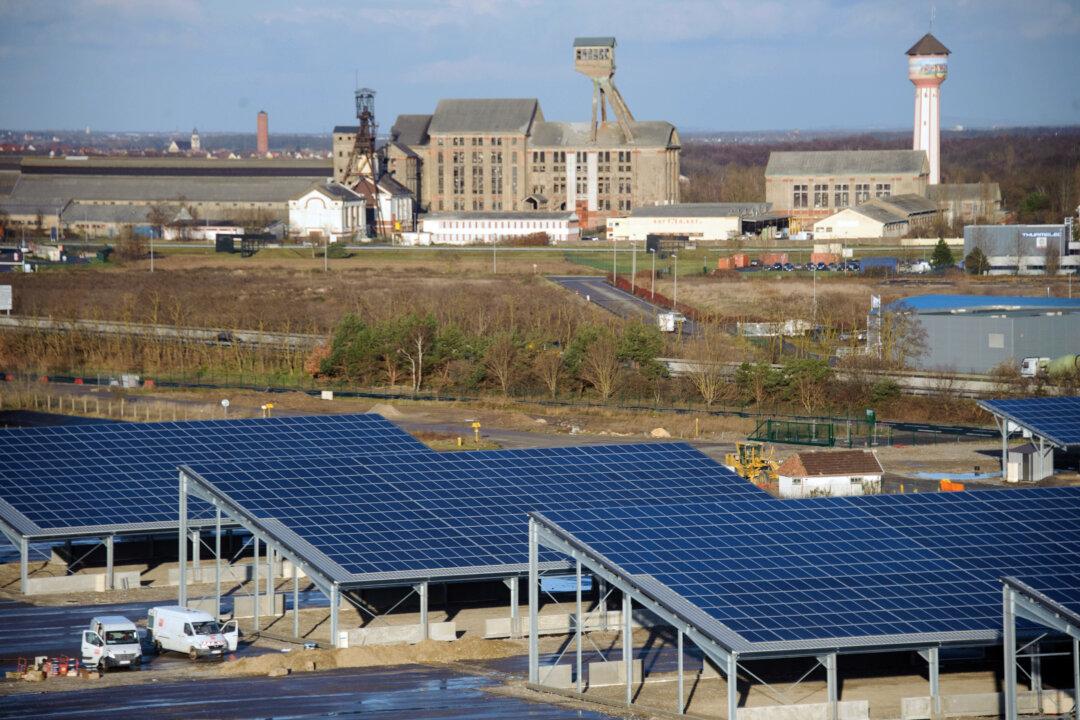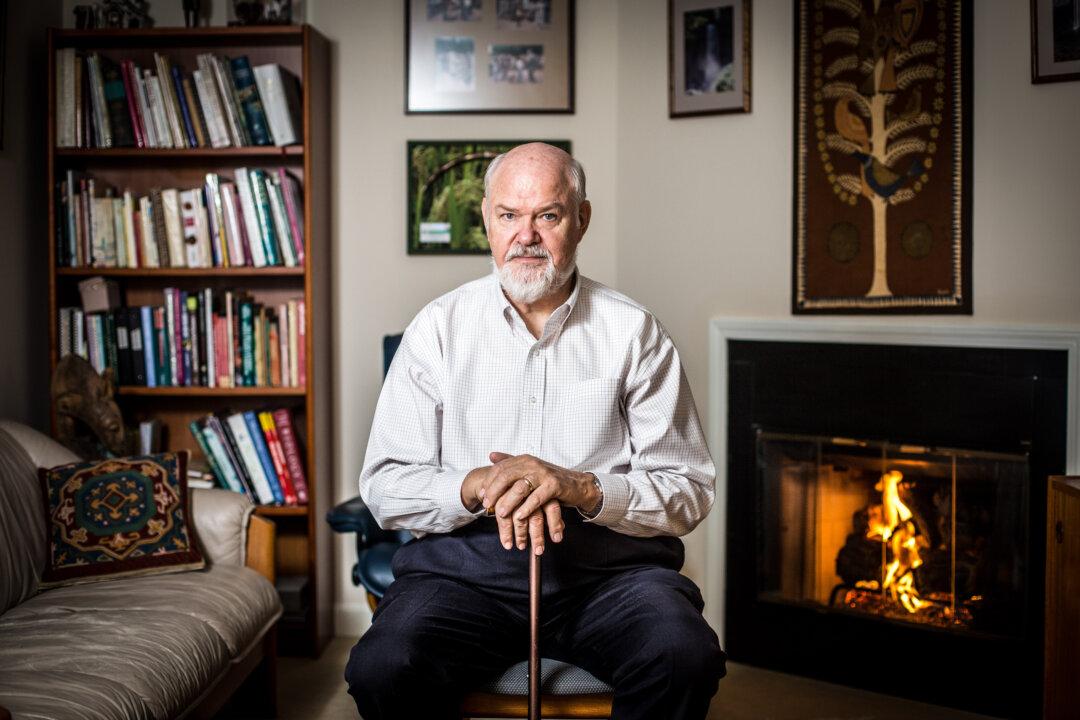It used to be that when clients said they wanted to make a difference with their dollars, their financial advisers would tell them to make as much money as possible, and then donate the profits to charity.
The mainstreaming of responsible investing—which can also be referred to as green investing, mission investing, sustainable investing, conscious capital, and many other names—makes it clear that times have changed. Investors now have hundreds of options to invest directly in the change they want to see in the world.






